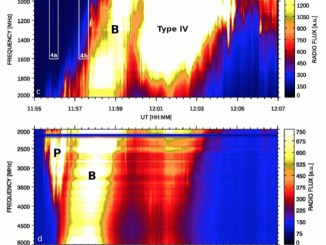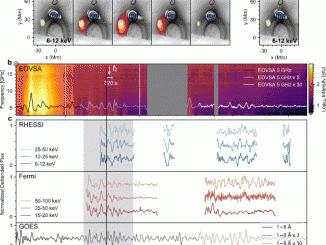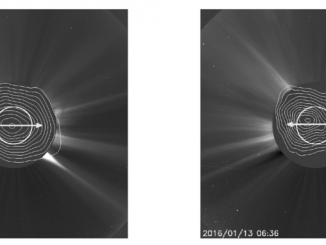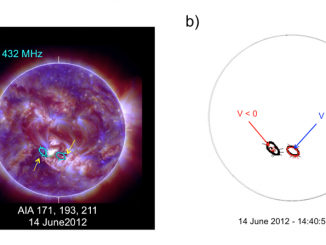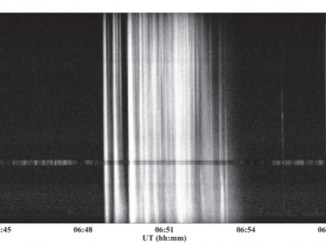Radio bursts in the 2017 September 6, X9.3 flare
by M. Karlicky and J. Rybak
Radio bursts and their fine structures are an integral part of solar flares. Although many of them are known as e.g. type II, III, V, J, U, and IV, still some unique bursts and fine structures, not observed so far, can be detected. This is the case of the X9.3 flare observed on September 6, 2017, where we found not only several unique bursts and fine structures, but also their […]

